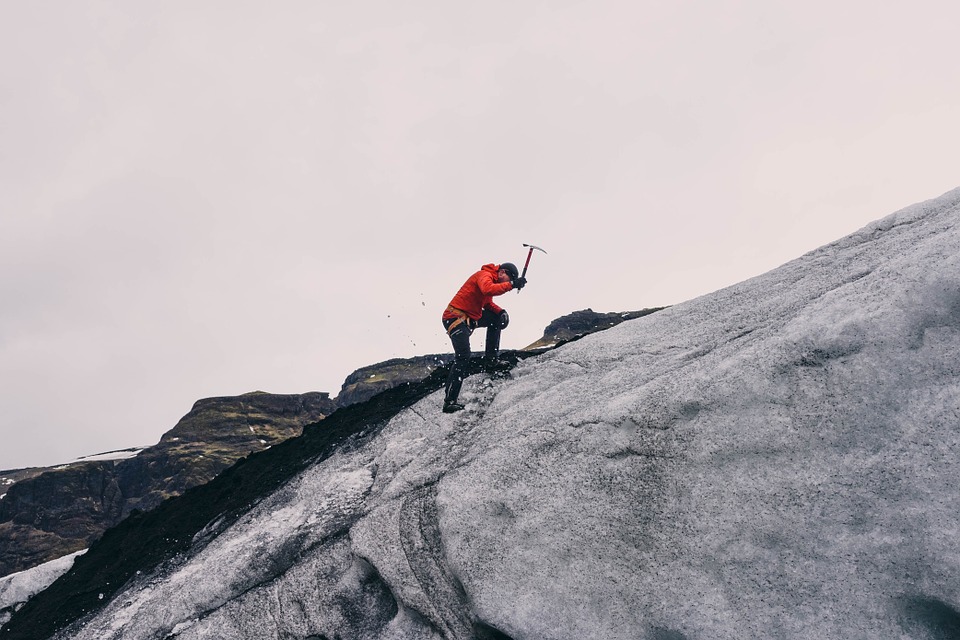When Is The Best Time For Trekking In Chadar Trek?

The travel and tourism industry of India consists of several sectors, including a budding segment devoted to adventure tourism. An increasing number of individuals, especially the younger populace of the nation, are looking for thrill-seeking holidays instead of sightseeing. India’s vast topographical diversity provides the perfect opportunity for such individuals to pursue adventure tourism.
Adventure tourism industry in India
- Rs.500 to Rs.600 crore – Estimated market value of India’s adventure tourism sector.
- 178% – Growth in demand for adventure activities and local experiences over the last 5 years.
- 27% – Number of adventure seekers consider going to the Himalayas for an offbeat experience.
The Indian subcontinent boasts of almost 73% of Himalaya’s mountain range, offering multiple unique opportunities, like the famous Chadar trek, to adventure-seekers. This 9-day trip is considered as one of the most unique winter treks in the world, covering 105 kilometres over the frozen Zanskar River.
Overview
Chadar trek in Ladakh is considered as a difficult trek over a course of 8 days at an average altitude of 11,000 ft. The best time to visit Zanskar River is during mid-winters, usually from the first or second week of January to the end of February. This is when the thickest layers of ice will float over the river, making it safe for walking.
Itinerary
Adventure seekers will have to start their journey from Leh airport, as both road and railways to Ladakh stays closed during winters. Travellers will have to acclimatise to the high altitude, which usually takes a day, and complete their medical test on the next day from the Government-run medical camps before they start their journey.
On day 4, travellers will have to reach Shingra Koma by car and trek to Tsomo Paldar to start their Chadar trek. The 70 km drive is likely to take 3 to 4 hours, while the 3 km trek is expected to take around 2 hours. The next day is a 15 km trek to Tibb Cave, at an altitude of 10,800 ft., which is likely to take around 6 to 7 hours.
The next day’s trek consists of a 13 km trip to Nerak camp. Situated at 11,100 ft. this camp is near to Nerak village, the first settlement in the Zanskar region. Trekkers will pass a frozen waterfall while traversing this stretch, considered as one of the main attractions of the trek.
The next day’s trek consists of a return journey from Nerak to Tibb Cave. This 13 km journey is likely to take 5 to 6 hours. The final day of Chadar trek in Ladakh consists of a 13 km trek to Shingra Koma, followed by a 4-hour drive to Leh, concluding the trip.
Difficulty
Chadar trek difficulty is meant for seasoned trekkers, as individuals will have to endure freezing temperatures, averaging between -15° and -17° at night and at -10° during daytime, as well as damp conditions throughout the trek. Moreover, the harsh condition is likely to take a toll on the body, which is why trekkers should carry proper clothing and medical supplies at all times.
One should also consider trekking travel insurance plans like the Trek Cover offered by Bajaj Finserv under their Pocket Insurance & Subscriptions. It includes financial coverage against personal accidents during a trek, including accidents caused during adventure sports.
One can also opt for an insurance policy that’s optimised for trekking during the winter season. The winter trek cover insurance policy financially protects an insured individual against any financial loss he or she might experience because of an unforeseen incident.
Chadar trek tips
Because of the difficulty of the trek, there are a few to-dos that every individual have to follow to ensure a safe trip. Carrying proper winter gear comes first in this list; the damp conditions also require carrying waterproof jackets and pants to wear over the basic apparel.
Parkas and hollow-fill jackets, as well as cotton and fleece t-shirts, can be layered for better comfort and body warmth, and a poncho can prove effective against snowfall and rain. A set of thermal upper and lower wearable should be kept apart for sleeping only.
Head and eye covers like a balaclava, wool cap, waterproof cap, sunglasses are essential for such high altitude trek, as well as woollen and waterproof gloves. Trekkers should also carry trekking shoes, gaiters, gumboots, and plenty of socks for the duration of the trek.
Other than the ones mentioned above, toiletries (including sunscreen), personal medical kit, day pack, dry food, walking stick, lighting equipment (headlamps and flashlights), and water bottle (including thermal flask) are necessary for this trip.
It is also essential to follow the guide’s trail and instructions while walking on river ice. Trekkers should pay extra care ensuring they do not contaminate the environment by using soap or shampoo while on the river water or litter the trail.
Chadar trek in Ladakh is one of the few rare trails that offer a combination of harsh condition and stunning natural beauty for the selected few. With the provision of securing one’s finances with insurance policies like backpacking travel protection plans, seasoned trekkers can easily start exploring this route without worrying about any mishaps.
Akshay Sharma
Latest posts by Akshay Sharma (see all)
- Best Single Door Fridge Models Of 2025 Features, Energy Ratings & Price Guide - December 22, 2025
- 5 Critical Things You Must Know for Professional Custom Badge Quality: An Expert’s Guide - November 3, 2025
- Are You Using a Loan Calculator for Second Hand Car Rightly? - October 13, 2025
- Round Steel Tanks: Long-Term Solutions for Water Storage - September 19, 2025
- Embrace the Culture: Syna World Hoodie and Syna World Tracksuit UK - September 13, 2025
- The Ultimate Guide to Start a Wedding Decorating Business
- What Should Consider Before Buying Mini Fridge?
